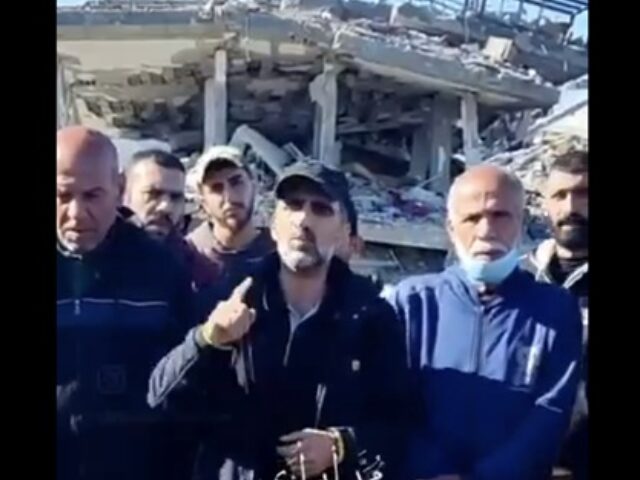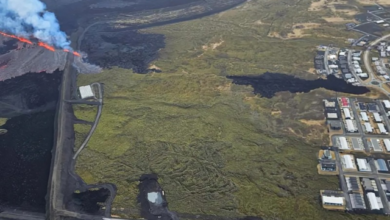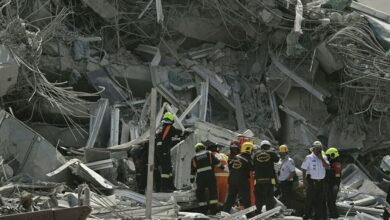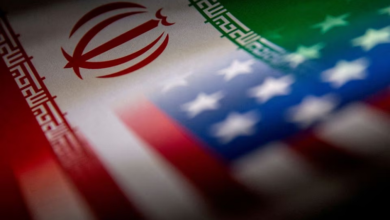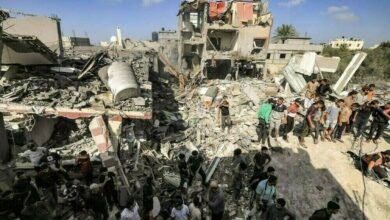Israel’s false claims during its onslaught on Gaza have been exposed once again with the reappearance of senior Hamas commander Hussein Fayyad, who was previously reported killed by the IDF.
Fayyad appeared in a recent video claiming Hamas’s victory over Israeli forces.
On May 23 last year, the Israeli army claimed to have killed Fayyad inside an underground complex in the northern town of Jabalia. Israel blames the Hamas commander for rocket fire during the Israeli genocidal war on Gaza and on Israeli settlements near the border with the enclave.
On Wednesday, the Israeli army acknowledged that its intelligence about Fayyadh’s death was inaccurate.
Experts say Fayyad’s survival underscores the resilience of Hamas, which continues to maintain its presence in Gaza despite enduring heavy casualties.
Israeli Defence Forces (IDF) claim that some 20,000 Hamas fighters have been eliminated, but the group’s leadership remains intact, running Gaza amid a fragile ceasefire.
Dr Michael Milshtein, a senior researcher at the Dayan Center at Tel Aviv University, noted that the video exemplifies Hamas’s ability to project strength.
“In the absence of another group willing to govern Gaza, Hamas will continue to run operations with figures like Fayyad,” he told The Jerusalem Post.
Fayyad’s return has reignited debates over the effectiveness of Israel’s strategy in Gaza. Analysts suggest his reappearance could undermine Israel’s stated goal of eradicating Hamas, raising concerns about the long-term impact of its military operations.
Earlier this week, Hamas released three Israeli hostages while Israel freed 90 Palestinian prisoners on Sunday, marking the beginning of a ceasefire that paused a 15-month-long conflict which had caused widespread destruction in the Gaza Strip and escalated tensions across the Middle East.
The truce allowed Palestinians to return to devastated areas to start rebuilding their lives, with relief supplies arriving to provide essential aid.
Meanwhile, jubilant crowds in Gaza celebrated as Hamas fighters emerged from hiding. Fireworks lit the skies in Ramallah, West Bank, where buses carrying released Palestinian prisoners were met by thousands of supporters.
According to Hamas, those freed included 69 women and 21 teenage boys from the West Bank and Jerusalem.
Gaza health officials estimate over 47,000 Palestinians have been killed in Israeli strikes, leaving nearly all of Gaza’s 2.3 million residents homeless.
The ceasefire terms involve halting hostilities, the delivery of aid to Gaza, and the release of 33 additional hostages over a six-week initial phase in exchange for nearly 2,000 Palestinian prisoners held in Israeli jails. Many hostages are feared to have died.
In northern Gaza, residents sifted through the ruins of bombed-out neighbourhoods following the war’s most intense battles.
The ceasefire came into effect after a three-hour delay, during which Israeli airstrikes killed 13 people, according to Gaza health officials. Israel attributed the strikes to Hamas’ delay in providing a list of hostages to be released, while Hamas described the delay as technical.

